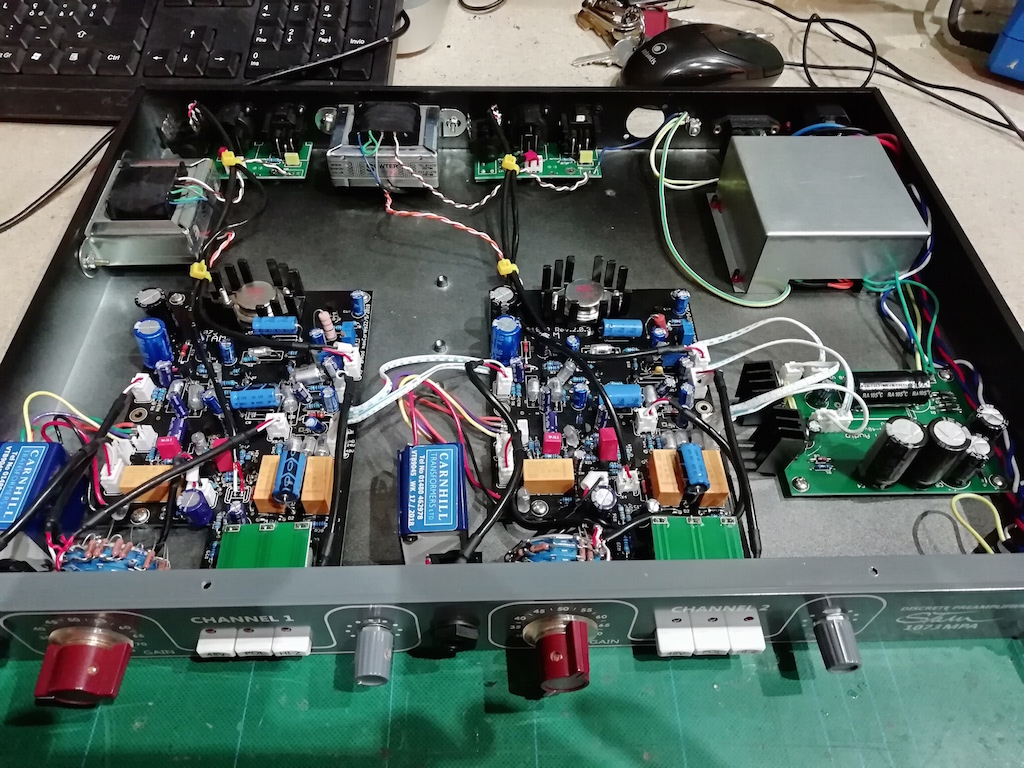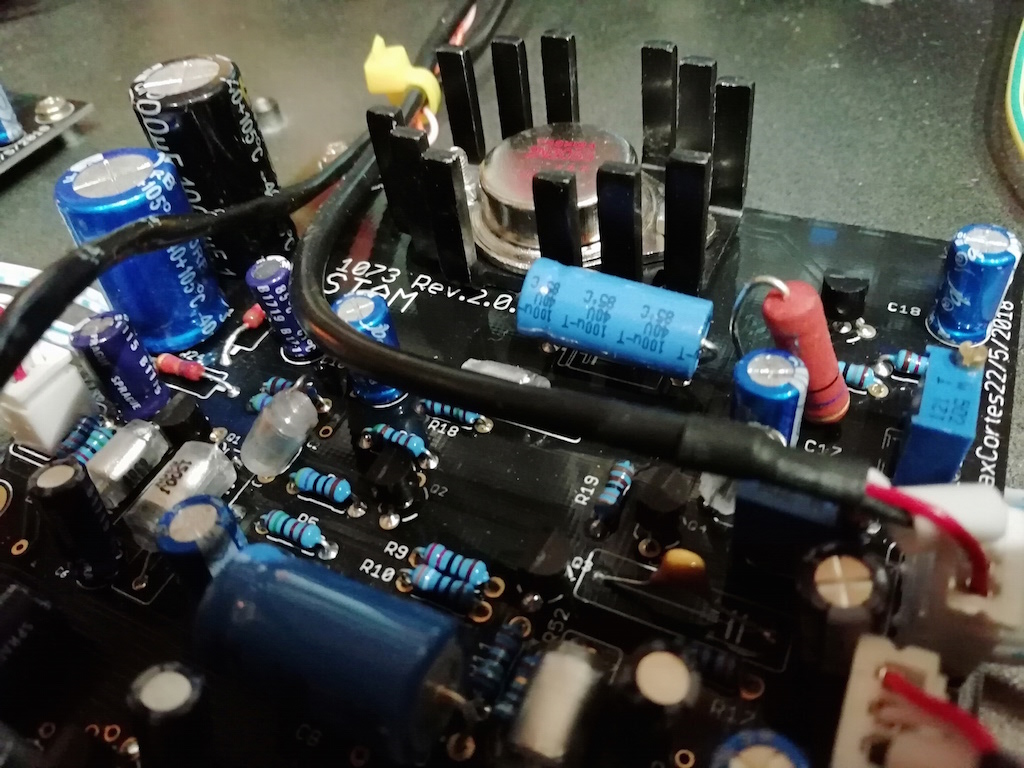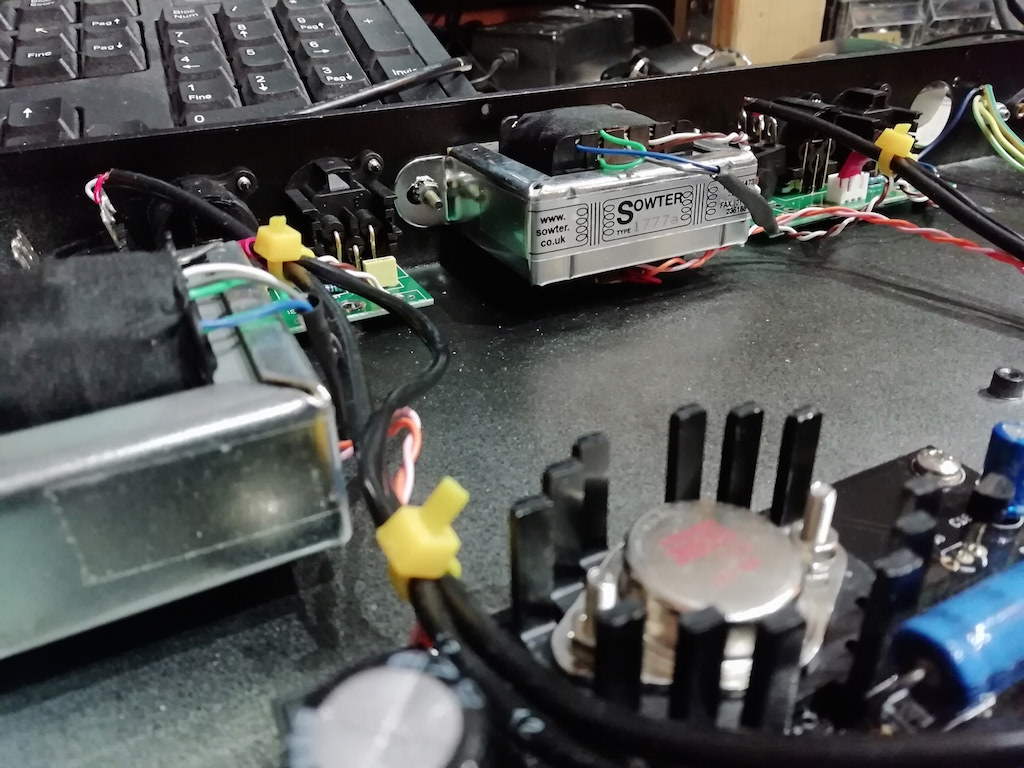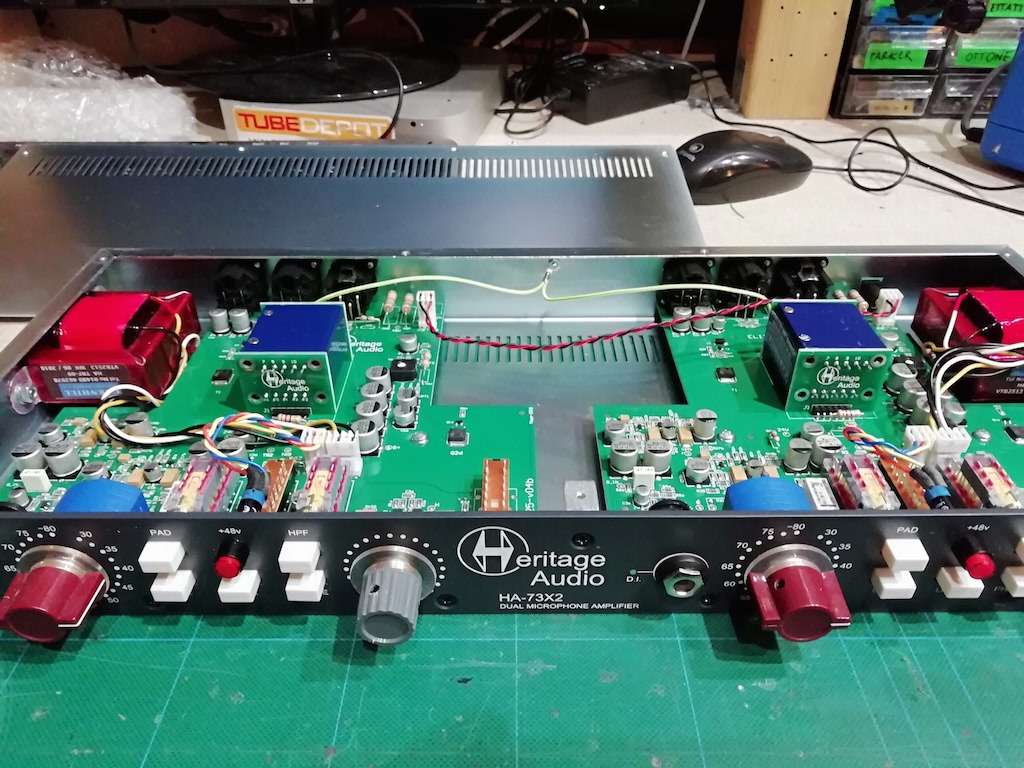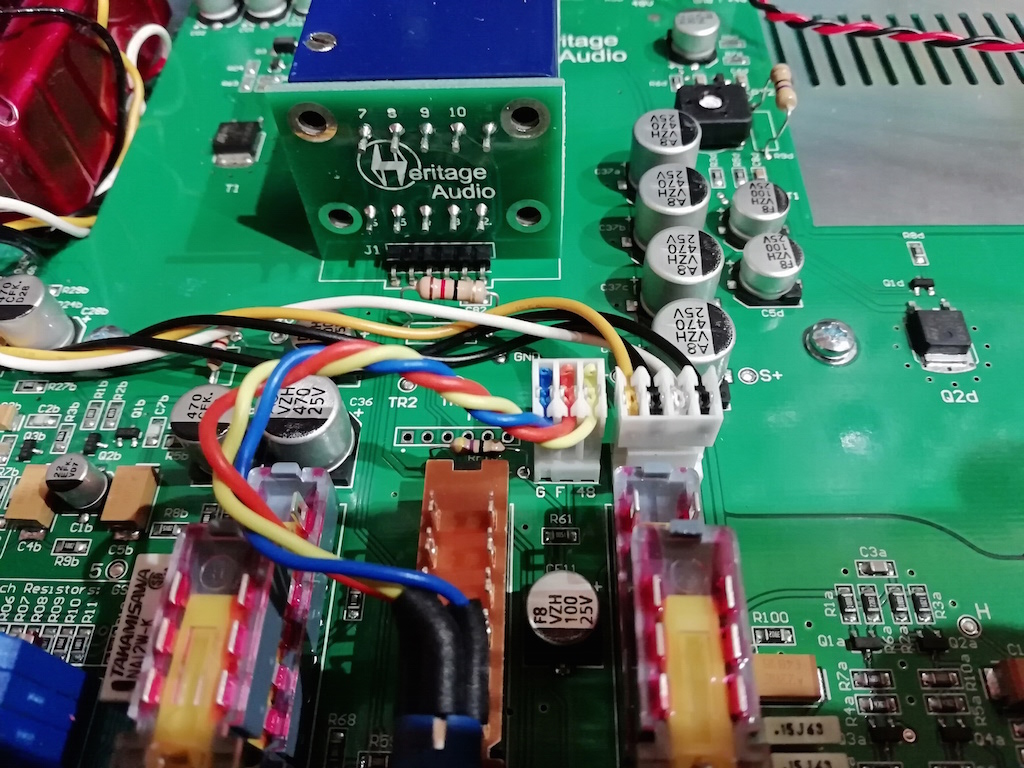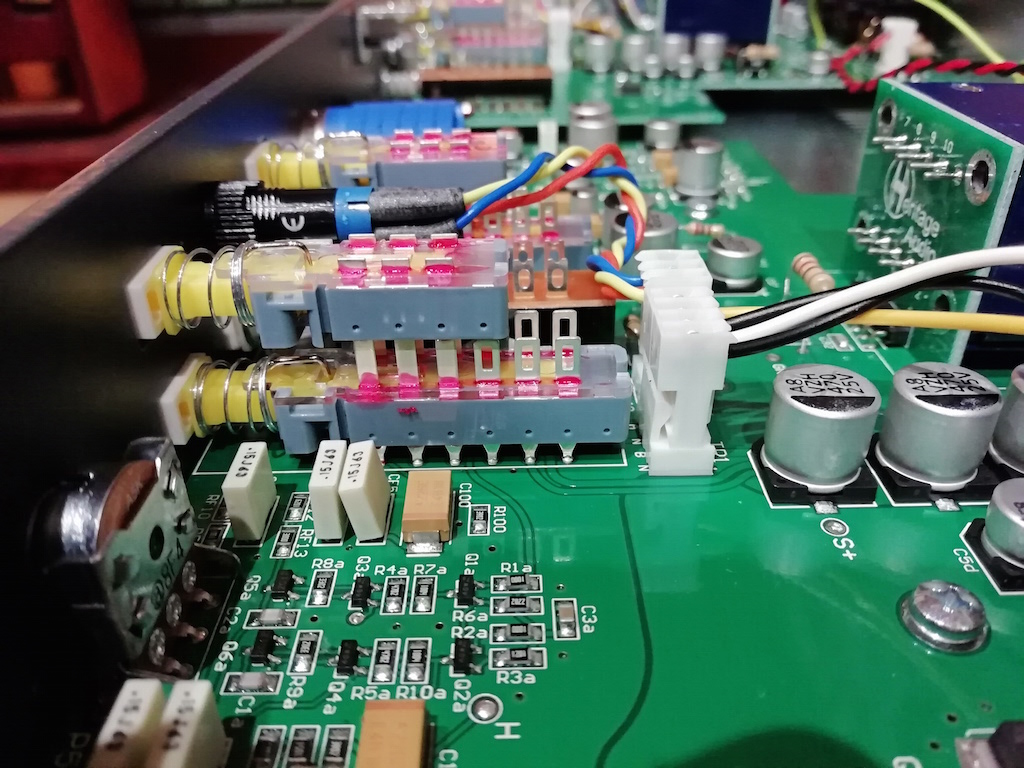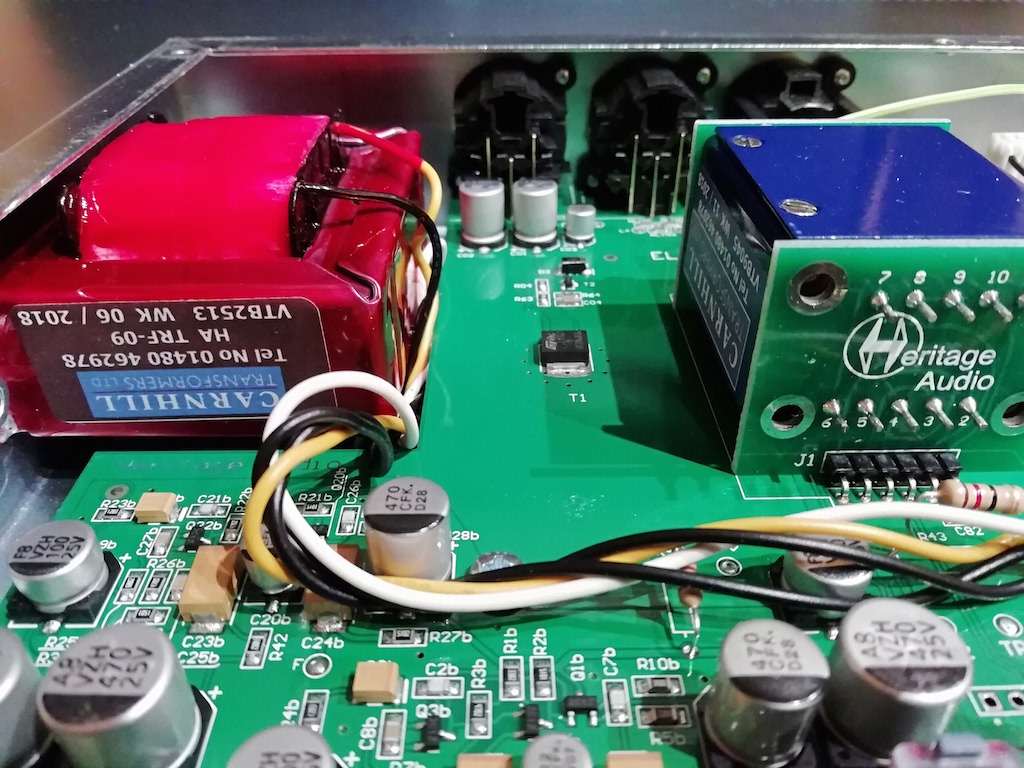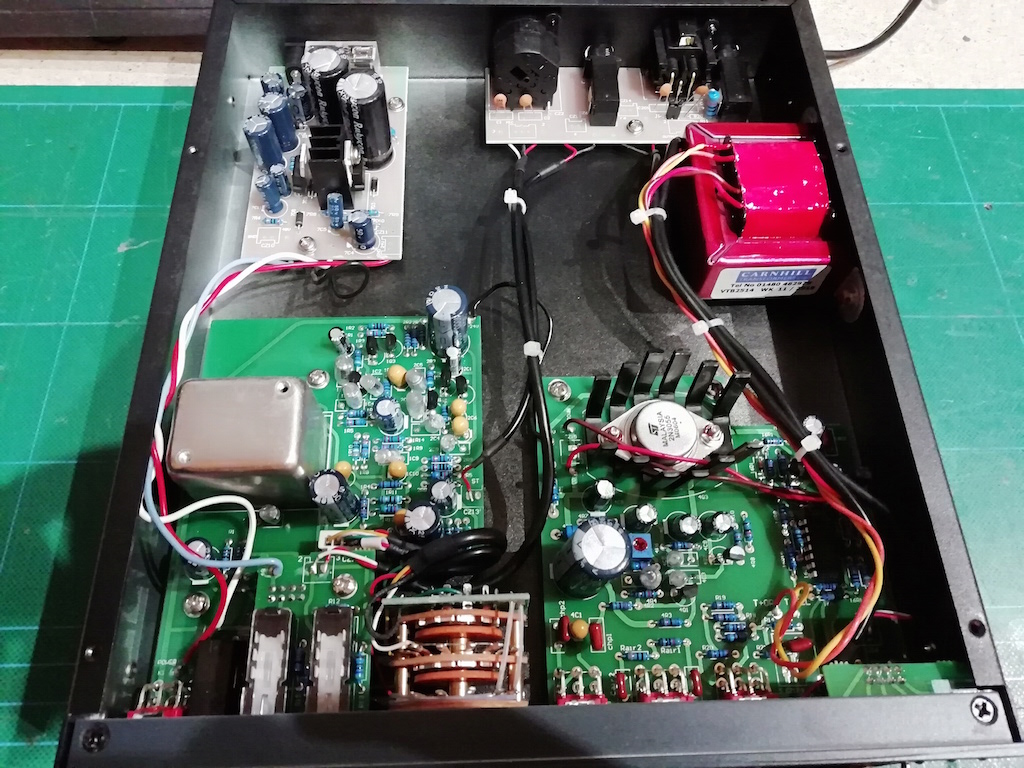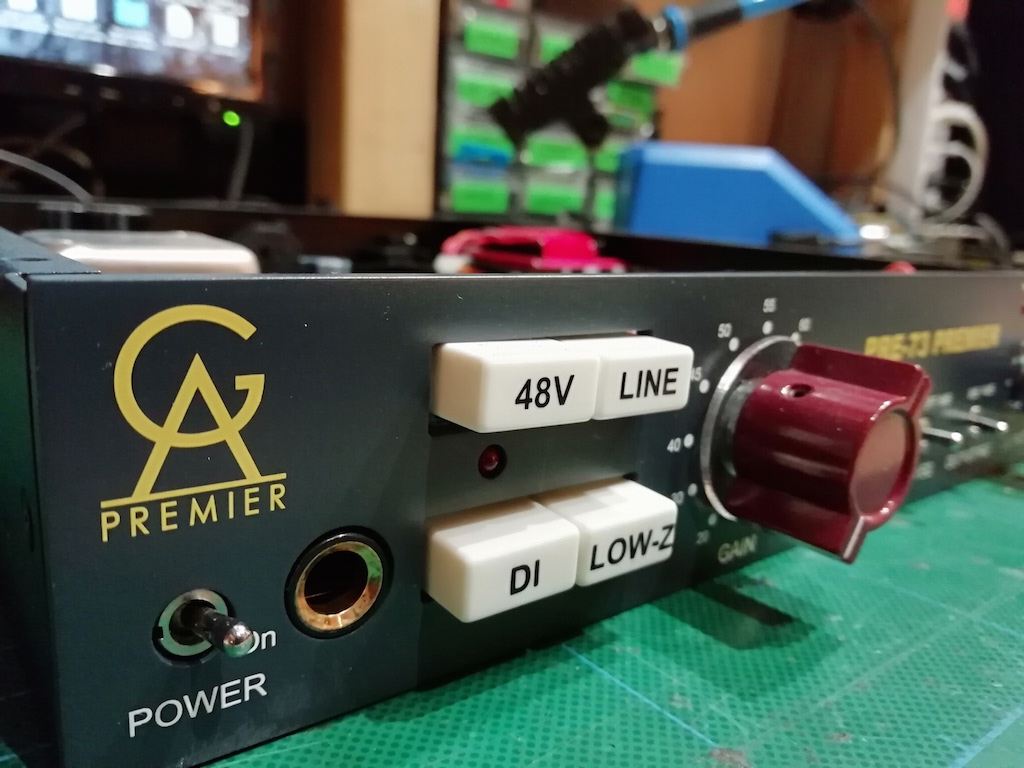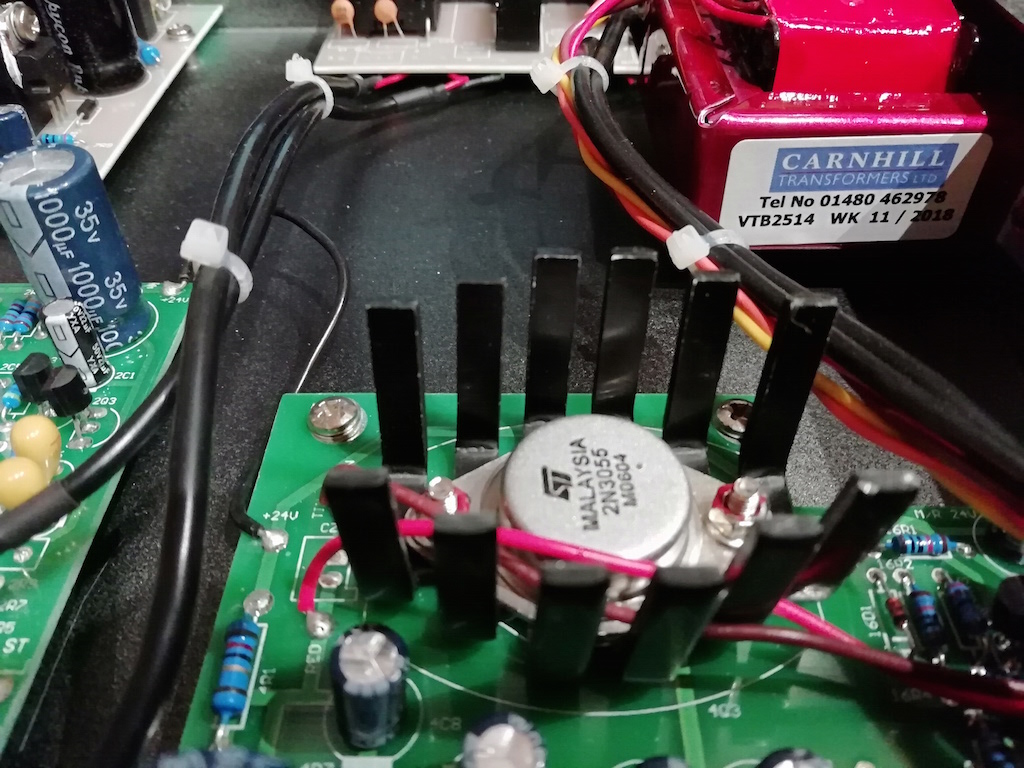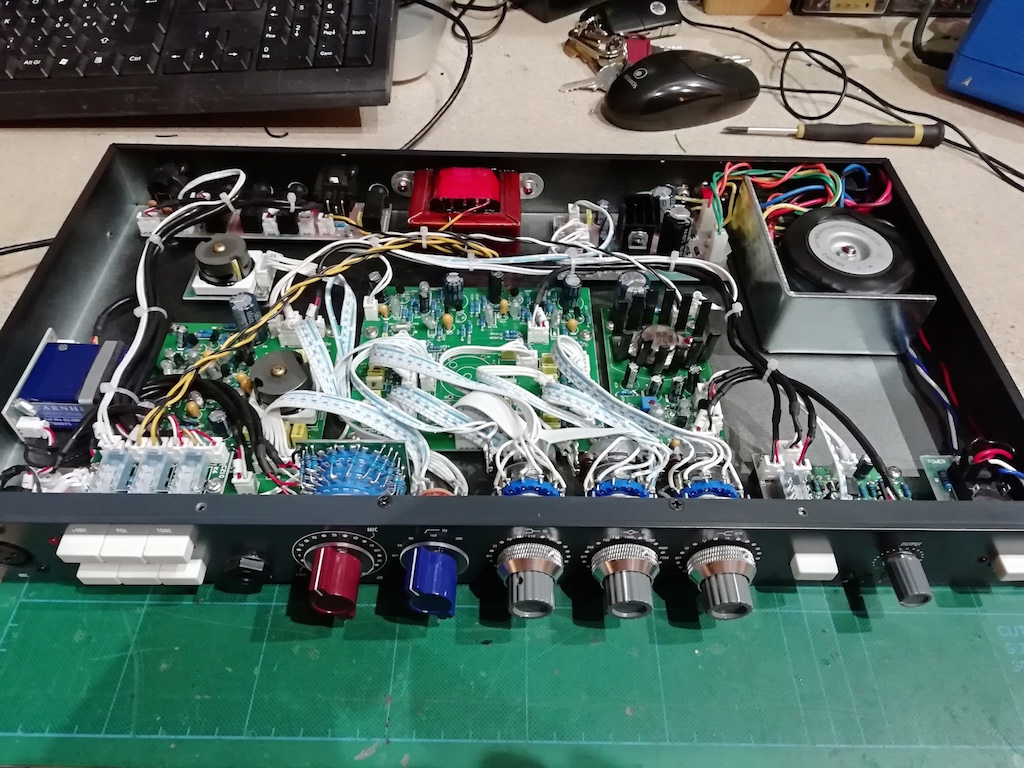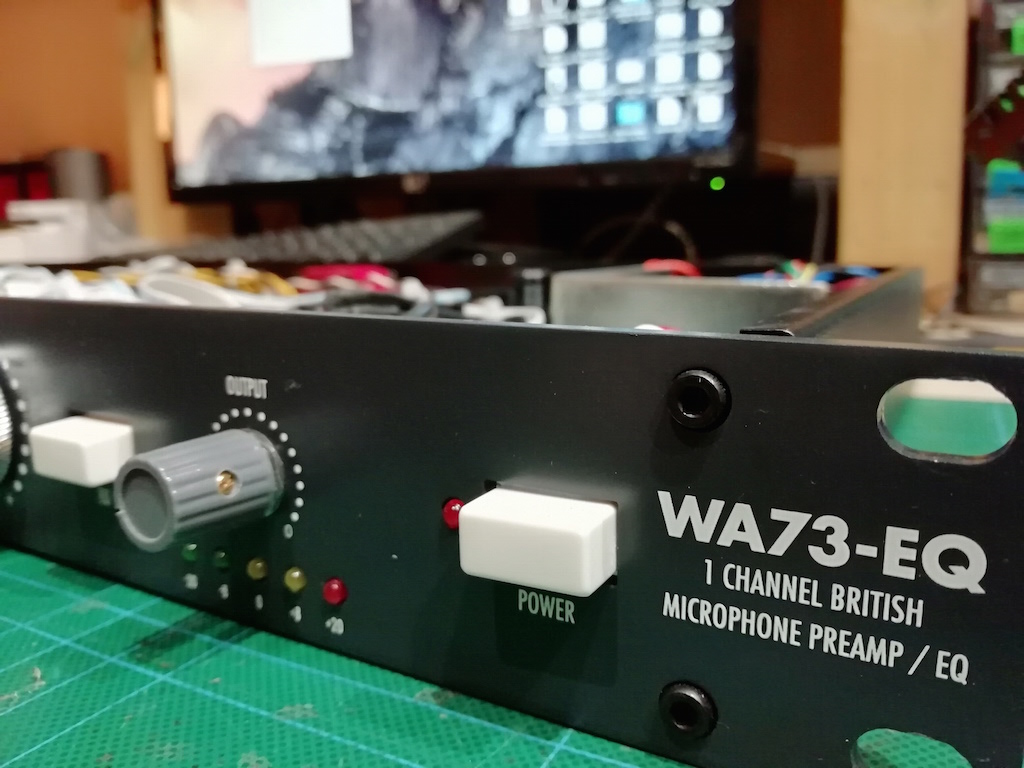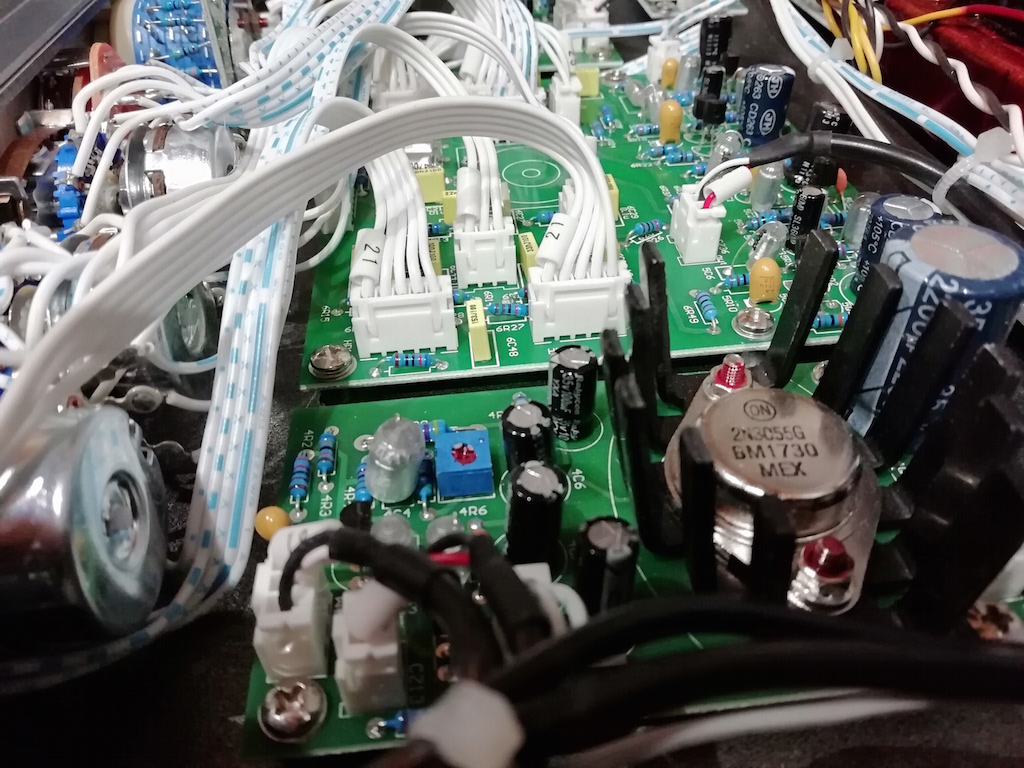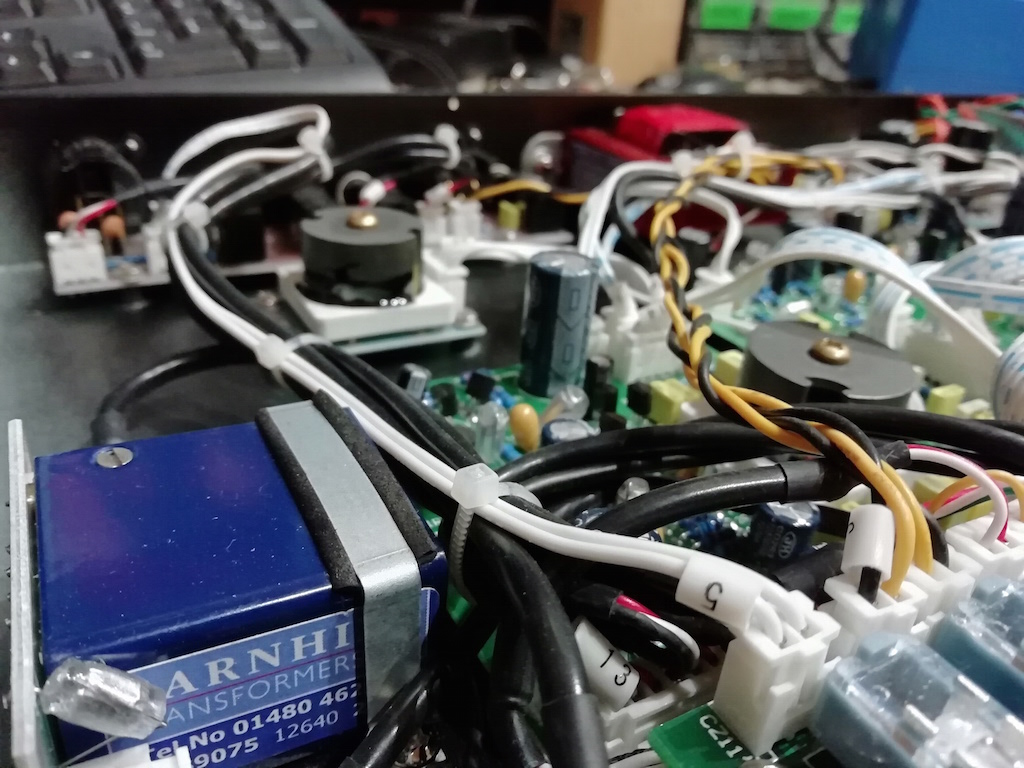The massive 1073 clones shootout
/I use to write my blog posts and reviews in Italian but ,since this thread could be of interest for many of you all around the world, i choose to write in English this time and share my experience with this bunch of heavy irons i had the chance to play in my lab.
Everybody knows what a Neve 1073 is but i believe very few of us poor sleepless engineers could ever have a chance to get a real one in the studio, either for insanely high prices of hard to find good shape and trusty units on the market.
I fell in love with the ‘real N’ during Morrissey’s Low in High School sessions in Rome, with Joe Chiccarelli driving the 60 channels Neve VR Legend console at Forum Music Village studios in Rome (Ennio Morricone’s personal workshop since early 70’s). I was called to bring some of my custom microphones for Joe and stayed there for a while during soundcheck and mic placement (Here’s my article about that beautiful day).
Even if the studio owns lots of real hardware the production asked to rent some Neve 1073 modules (plus some 1176 and Pultec’s). I remember the feeling of seeing Joe breaking all the common gain staging rules and pushing all the equipment damn hard. Boy, what a sound. The drums sound did not change very much from what i heard in the control room to the mastered tracks, and this was achieved with (first of all decades of experience at the highest levels) very basic channel list, common mic placement techniques, quality microphones and a row of 1073 screaming the hell out.
While dreaming my real 1073, i fired up some clones (courtesy of Music Delivery) and performed deep tests over some of the most popular on the mid-budget market, with the idea, for each clone, to mark a checklist of what i believe is responsible for that unique sound.
1) Input transformer
2) LO1166 output transformer
3) BC184 transistors
4) Tantalum/Polystyrene capacitors
5) 2N3055 output transistor
6) 3 gain stages
GEAR UNDER TEST
Heritage Audio HA-73X2 ELITE | 2 CH (STREET PRICE 1290 eur)
80dB, 3 stage fully discrete class A mic preamp
Line input on separate XLR
PAD / LO-Z / 80 Hz HI
Fully discrete class A
JFET based D.I.
External universal power supply for worldwide use
Stam Audio 1073MPA | 2CH (STREET PRICE 790 EUR)
Carnhill input and output transformers
Optional Sowter output transformer
Polystyrene/Vishay-BC capacitors
2N3055 output transistor. 80 dB gain
Completely discrete signal path
Impedance selection (300 – 1200 ohms)
Insert Jack
Warm Audio WA73-EQ | 1CH (STREET PRICE 880 EUR)
Discrete Class A circuit
Carnhill transformers
80 dB gain
PAD / LO-Z / Variable Hi-pass
LED meter
48V Phantom power
Integrated 115/230 V power supply unit
GAP Pre 73 | 1CH (STREET PRICE 450 EUR)
80 dB gain/ air eq / Hi-Pass / Lo-Z
4-step LED output level meter.
Output level control
Line Input / Insert jack / Selectable 600 Ohm output termination.
Connector free internal wiring
Carnhill input and line output transformers.
Polystyrene / Tantalum capacitors
LAB TEST:
Frequency response and T.H.D.
Using my analysis software i ran a 20Hz-20KHz sweep into the clones through a quality passive D.I. box, ensuring the microphone inputs sees correct impedance and an average mic level signal (200 ohm, 50mV).
2 different gain settings were chosen, 30dB and 60dB, adjusting output trimmers for circa -12 dBFS input level into an RME Fireface 800 soundcard. This is how i’d use a 1073 in a real world scenario, the input levels would represent a singer’s voice captured by a large diaphragm condenser microphone or a snare drum on a padded pencil condenser microphone, and the 2 different gain settings would be choosing to record it either the clean or super-dirty way.
Differences are subtle, but devil’s in the details. Mid-band frequency response results in both 30 and 60 dB gain settings are (apparently) very similar for all the preamps, but the T.H.D. figures and behavior at the edges of audio band clearly define what’s happening, double confirmed with later audio listening tests.
30 dB gain setting:
In the low band Stam Audio exhibits 1-2 dB more low-end with a bell around 50 Hz, being the other 3 flatter and very similar, and in the upper-high band Stam Audio and Heritage have a gentle 20 Khz 6db/oct high cut, while Warm Audio remains flatter and Golden Age has a small boost bell around 14Khz.
Looking at the T.H.D. i see very similar values for all 4 devices, having all the same 3rd harmonic figure and a slightly difference on 2nd harmonics, being Stam Audio the most coloured and Heritage the most neutral.
60 dB gain setting:
On a heavy distortion setting, the differences talks about how the electronics is working in extreme conditions, sorting out critical design pro’s and con’s. Here’s how those units sound when pushed hard, and the results will be too confirmed after the real world recording tests.
Heritage confirms to be the more neutral among the four and Stam the most coloured, having more harmonic distortion percentage.
A curious sudden 2nd harmonic drop from 2KHz of the Stam 1073MPA delivers a more gentle and less harsh sound when distorting in the hi band. I don’t know if this tailored behaviour was desired or just a lucky combination of design and components, but in the end i liked it very much. Generally speaking, on high saturation levels the TDH in the mid-bass frequencies is perceived more pleasantly than on the mid-highs, where the sound can become easily gritty and unpleasant to human ears. Filtering some highs (feedback) before the last gain stage helps the overall sound to become less annoying are more enjoyable. (It’s a feature i put intentionally in my UNO tube saturator) and that can be found on other hardware saturators like The Culture Vulture from Thermionic culture or Elysia Character (here as a continuous tone control).
FEATURES CHECKLIST
The following table contains what i believe are the key features of a 1073 design (which itself is omitted in the list), and aside from a pure technical analysis it reveals some coincidences with the test graphs results:
Warm Audio and Golden Age share identical features (and graphs too), while Heritage is one extreme and Stam the opposite, having less key features in common.
The fuller low end in Stam 1073MPA could be an effect of higher inductances of their Sowter output transformer (it is sold either with Carnhill or Sowter output transformer, i have the Sowter version), and the use of high quality film capacitors in the signal path could be responsible for the lower T.H.D. at highest levels and frequencies. On the other hand the more natural sound of Heritage Audio HA-73X2 could be the result of less original 1073 features than others. It is also an industrial SMD build, while their double priced DMA-73 version stays discrete and classic through holes style.
CONCLUSIONS
This review is not intended to give a winner between the four.
All the 1073 clones, in (boring) low gain operation, vaguely have a similar sound. When pushed hard they have different behaviour, and clear differences can be heard. This is confirmed by the different circuit design, critical components choice and cost/benefit compromises.
Ask friends or distributors a demo unit before buying by hearsay. Play, test, record, listen back. Hopefully this article will help people to choose their next microphone preamplifier with some more knowledge.
GALLERY

